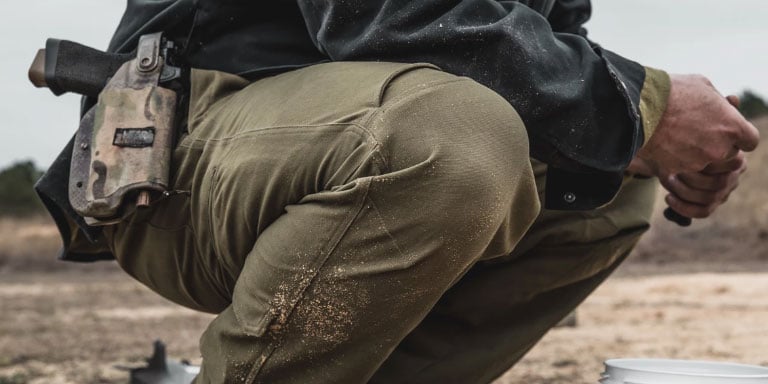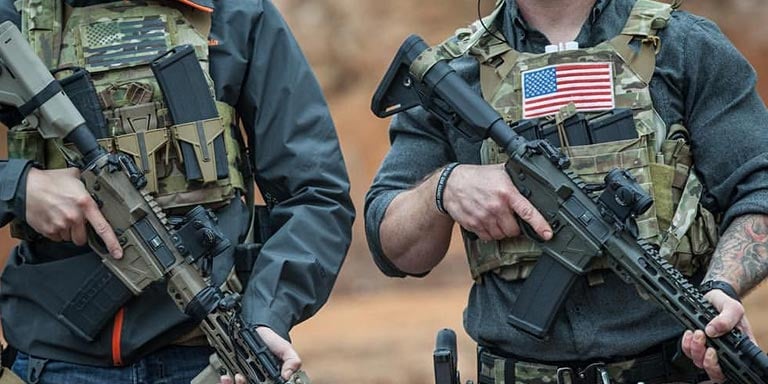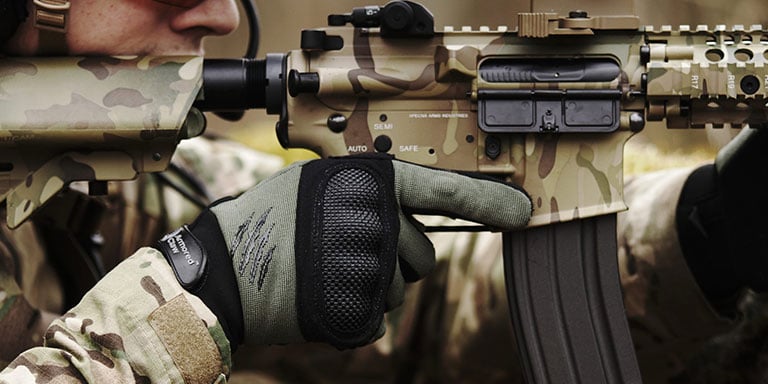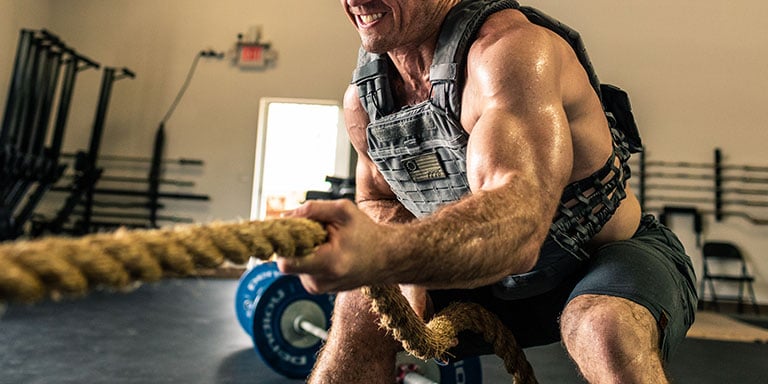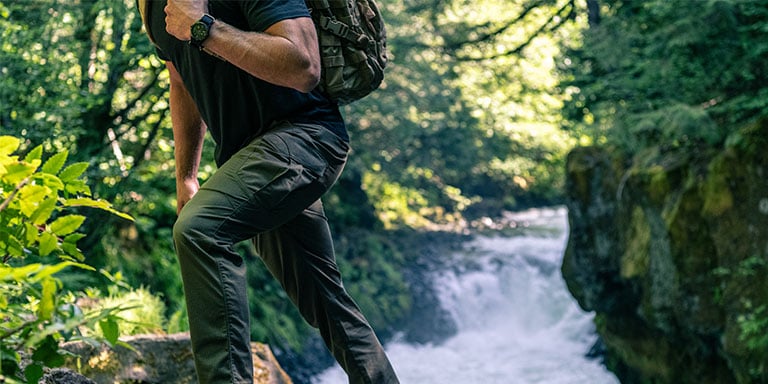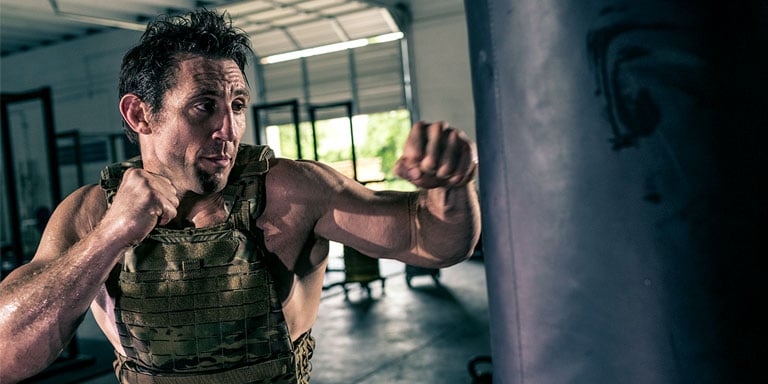
As crime rates soar across the country, self defense is as important as ever. So how does an average person protect themselves against being attacked or robbed? We cover basic self-defense techniques anyone can use, no matter their size or experience level.
Be Aware

The best way to react to a potential attack is to stop it before it ever occurs. Unfortunately, sometimes the things we do and how we act make us an attractive target for criminals. Criminals select targets based on just a few variables: opportunity, the likelihood of valuables and the perception of weakness.
Opportunity: A person is much less likely to be robbed on a crowded street than taking a shortcut through an alley.
Likelihood of valuables: A vagrant is much less likely to be robbed than a well-dressed person stepping away from an ATM with a wallet full of cash.
Perception of weakness: A person who has their arms free and is aware of what is going on around them is a less likely target than a person with arms full of packages or wearing headphones.
Changing the Odds
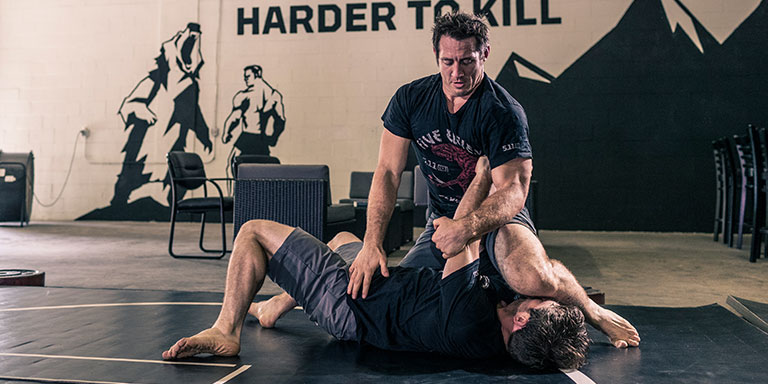
Don't give a criminal the opportunity. Travel on well-lit streets and well-populated sidewalks. There is always safety in numbers.
Keep your valuables out of sight when possible. That expensive cell phone in your hand is an easy target. The strap should be over your shoulder when carrying a pocketbook, with your hand on the bag. If you perceive a threat, unzipping and placing your hand in the bag may give the impression that you may be armed.
People who are not paying attention may be taken entirely by surprise. When walking on the street, keep your cell phone in your pocket. People are completely unaware of their surroundings when they are texting. Some people have been filmed walking right into a signpost or walking into traffic while texting.
When possible, walk with a friend or coworker; a person alone is an easier target. If traveling alone, walk with confidence directly to your destination. Do not take shortcuts through alleys, wooded areas, vacant lots or isolated parking areas.
If you must walk alone near or on the street, always walk on the side of the roadway facing traffic. This prevents a criminal from following you in a vehicle or pulling up next to you to attempt an abduction.
Know the neighborhood where you live and where you work. Learn the nearby places where you could run for safety if you were in trouble. These include police and fire stations, hospitals, restaurants or other businesses that are open late.
While this is common sense to most, people still accept rides from strangers or try to hitchhike. Never ever do this. The odds of becoming a victim increase exponentially with each ride.
The Tactical Mindset
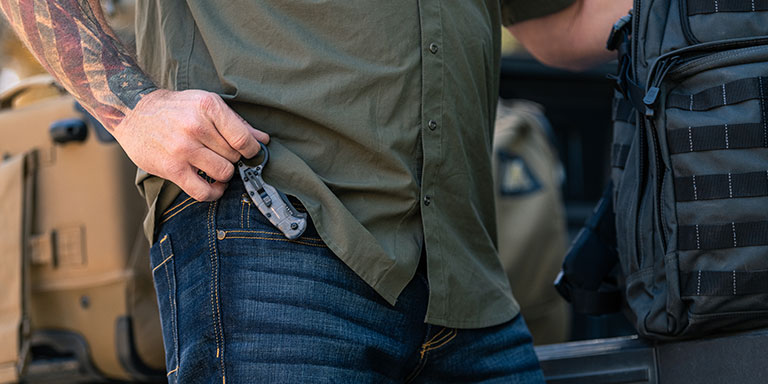
If something or someone is making you feel uncomfortable, do not ignore the feeling. If you believe you are being followed or watched, abruptly change the direction you are walking or, if possible, enter an open business. Pay particular attention to anyone who invades your personal space. Assaults and robberies are up close and personal offenses, so take notice if someone is trying to close the distance between you.
Most people move about without paying a lot of attention to the people around them. However, if someone is staring at you or repeatedly looking at you, don't ignore them. Most people will passively glance at a person and quickly look away. A better tactic may be to stare back at them as if memorizing their face. Criminals want to remain anonymous and may be deterred by this aggressive action.
Plan in Advance
It's essential to have a well-thought-out plan to deal with an attacker. For example, what would you do if someone follows you, grabs hold of you or displays a weapon intending to rob you?
These are scenarios that you need to think through in advance of them occurring. Remember: training your mind is as important as training your body.
General Rules of Engagement
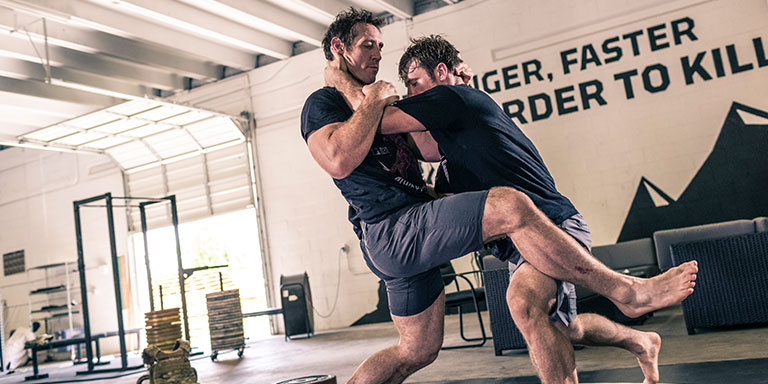
- No personal property is worth fighting for and risking your life over. Things can be replaced — your life can not. Criminals who rob people on the street are desperate people and may not place a lot of value on human life.
- Get away as far and as fast as possible. If a criminal demands your purse or wallet, toss it on the ground away from you and run in the opposite direction.
- If your attacker intends to harm or physically assault you, this may be the time to fight. Everything is a weapon, from car keys to a pencil or pen. You can use any sharp object to redirect an attacker's attention away from you and towards a painful injury.
- Plan and practice getting a defense tool into your hand quickly for immediate use. Also, consider the possibility of carrying legal self-defense items. Tools such as pepper spray, a taser or a high-decibel personal alarm may work.
The ultimate personal self-defense weapon is a concealed or open carry firearm. The requirements will differ in each state, so always make sure whatever weapon you choose is legal to carry and use in your state. See our article covering constitutional carry for more information regarding your specific state laws.
Defusing Situations
Many criminals will attempt to initiate a conversation with their intended victim. They do this to get them to stop walking and also to size them up. The attacker may ask for a light for their cigarette or change for a dollar. In either case, the person should shut the conversation off by saying, “I have no change,” or “I don't smoke.”
Other conversation starters may include “Do you have the time,” or “Can you give me directions?” If the person seems suspect, then no, you don't have the time, and you're not good at directions. A little bit of an aggressive attitude will let the person know you are not an easy mark.
In each case, cut the initial conversation off without stopping and keep moving. Getting you to stop walking and look away from them for even a moment may be all an aggressor needs to assault and rob you.
The Attack
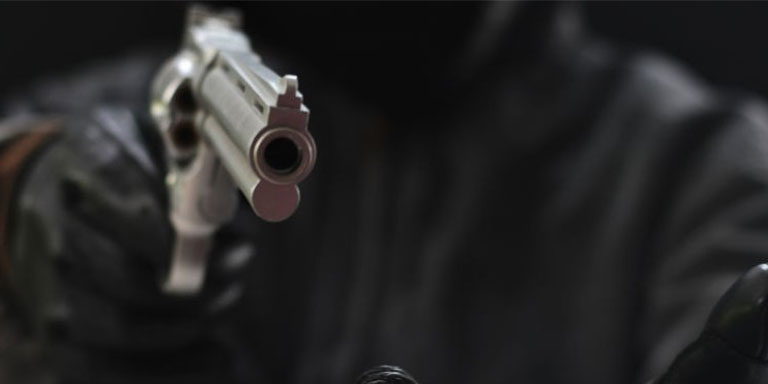
If a weapon is shown or threatened and demand for money is given, give up the money and move away quickly. Again, the less said, the better. Trying to bargain with a robber is a dangerous tactic which may put your life in jeopardy.
No one can tell you whether or how much to fight in these situations. If your life is in jeopardy, then you may have no choice but to fight. If you decide to fight, it should be a quick strike and flee maneuver.
Fighting Back
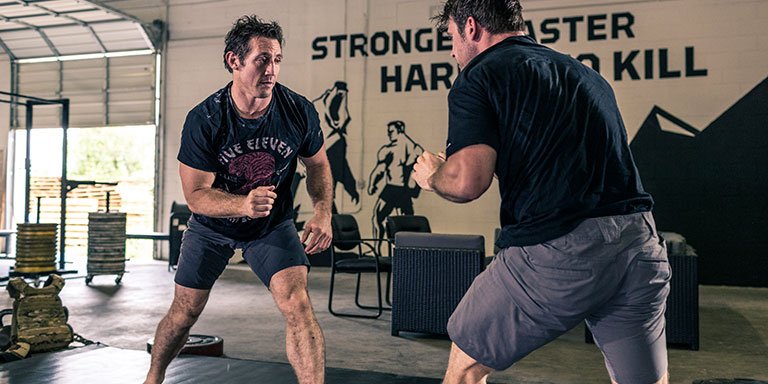
Remember, you're not trying to win a fight, but rather survive and run away. Professionals learn many striking areas and techniques, which are broken down into three categories.
- Green areas: likely to cause pain. Mainly striking areas of soft tissue and muscle.
- Yellow areas: likely to cause injury. Striking upper and lower extremities at the joints.
- Red areas: likely to cause severe injury or death. Any strikes to the head, neck, face, groin or solar plexus.
When you are attacked, you are fighting for your life, and consequently, you should always go red. There's nothing worse than a half-hearted strike that only accomplishes making the criminal angry. So unless you are a trained professional, keep it simple.
Strike and Flee
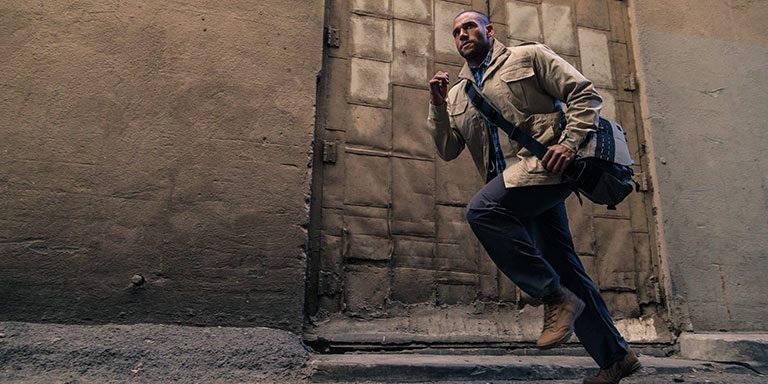
An effective defense involves planning and knowing where and how to strike and then flee. When fighting off an attacker, the first rule is that there are no rules when fighting for your life. You can use any weapon or object you can grab to inflict as much injury and pain as possible. The eyes are an excellent target. If you've ever watched a sporting event such as boxing, soccer or wrestling, then you understand how immediately debilitating an accidental eye poke can be (let alone a purposeful one in self-defense).
Always carry your car keys in your dominant hand. Position the keys so the pointy ends protrude between your fingers when you make a fist. A punch or slashing motion to your attacker's face in the area of their eyes is very effective. This should cause enough pain and disorientation to allow you to quickly run away.
If your attacker has grabbed your hands, a knee strike or straight leg kick to the groin is effective. The straight leg kick should be as high and as hard as you can, like kicking a field goal in football. A single hard strike to the groin should cause severe pain and may bring the attacker to their knees. Remember to strike and flee in the direction of other people or one of your predetermined safe places.
As you make your break and flee, loud screams of “help” or even “fire” will draw attention and alert others who may come to your aid. If you're fighting back with a firearm, be sure to read up on stand-your-ground laws.
Training
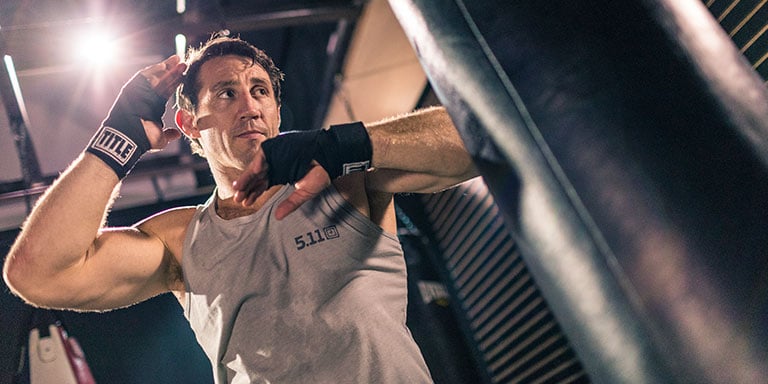
Practice a couple of upper-body moves such as the car key slash and the eye gouge, and a lower body strike like the groin knee or kick. The kicks can be practiced on a heavy bag. The car-key slash or eye gouge can be practiced in front of a mirror, like shadowboxing. Mastering these couple of striking techniques will significantly increase your chances of getting away uninjured.
Should you decide to carry a firearm, make sure you are proficient with it, and practice personal defense scenarios while on the range. An untrained person with a gun may lose control of it, or even have it used against them.
Think about what you would do if stalked, attacked or robbed. Learn and practice a couple of aggressive self-defensive strikes. Keep your car keys in your hand and your cell phone in your pocket. Consider carrying items you can use as defensive weapons. Practice deploying and using them often until it becomes second nature. If you are armed with a firearm, become and remain highly proficient with it, and follow the laws of your state. Don't make yourself an easy target; learn the danger signs and actively avoid being a victim. Finally, be prepared to give your attacker the worst day of their life.
Did you find this article helpful?



